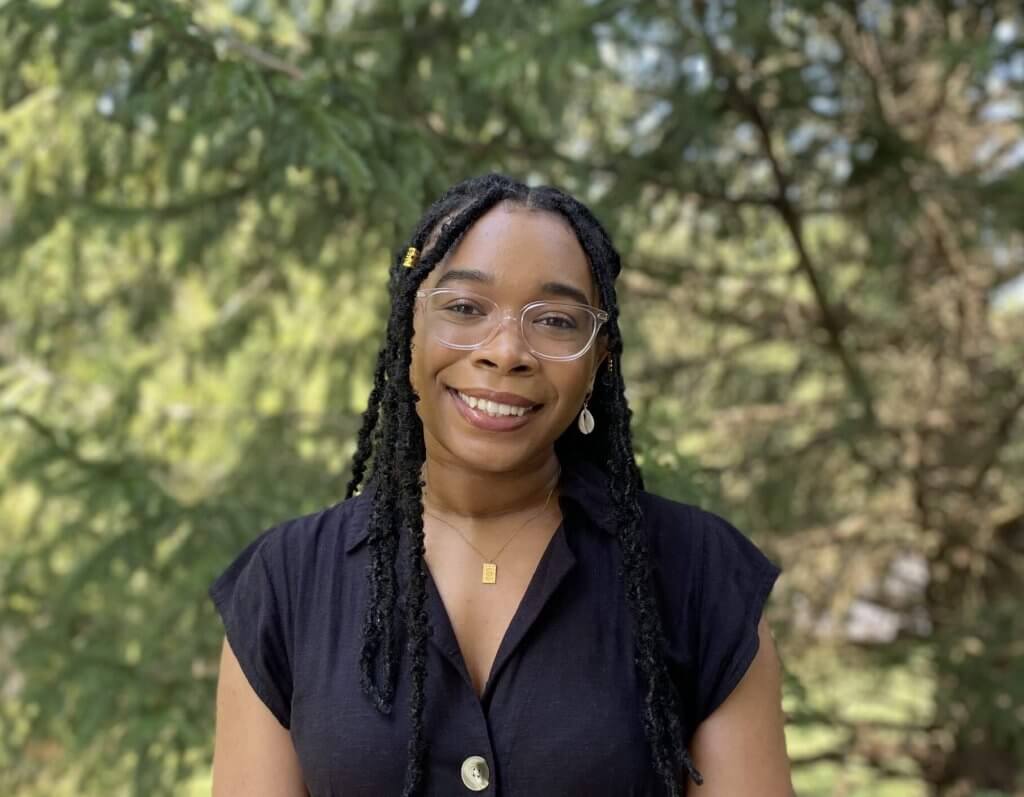Imagine walking into a cozy, sunlit room filled with art supplies of every kind—shelves lined with paints, pastels, and brushes, a table covered with colorful papers, fabrics, and clay. You’re in a serene atmosphere where you can feel safe and comfortable. In this space, you are invited to let go of any expectations or judgments and simply immerse yourself in the creative process. This is what art therapy can look like.
You might find yourself sitting at a table with a blank canvas, dipping your brush into vibrant colors, and watching as your emotions come to life through each stroke of paint. Or perhaps you’re arranging different textures and materials into a collage, feeling the roughness of the paper and the smoothness of the fabric under your fingertips. As you work, the therapist gently guides you, offering support and encouragement, but always allowing your inner thoughts and feelings to guide the creation.
In this session, there’s no right or wrong, no pressure to create something perfect—just the freedom to express yourself in whatever way feels right. The artwork you create becomes a reflection of your inner world, a tangible expression of thoughts and emotions that might have been difficult to put into words. And when you step back and look at what you’ve created, you might discover new insights, a sense of relief, or simply the peace that comes from having expressed yourself in a safe and supportive environment.
Meet Our NJ Art Therapy Intern
I’m Jayln (she/her, they/them), and I’m a 25-year-old Black female. I’m a dedicated art therapy intern with a deep passion for both art and helping others. My love for creativity and artistic expression fuels my commitment to providing a supportive and empathetic therapeutic experience. With a background in various art forms, I understand the power of art as a medium for self-discovery and emotional healing. I am enthusiastic about using my growing knowledge of art therapy to connect with clients, facilitate meaningful expression, and guide individuals through their therapeutic journeys. My goal is to create a nurturing environment where clients can explore and grow.
I will be working under the supervision of Lauren Grossbach, LMFT, in our Scotch Plains, NJ location serving Westfield, Cranford and surrounding areas as well as our Branchburg, NJ office serving Hillsborough, Bridgewater, Bedminster and surrounding areas.
What is art therapy and how does it work?
Art therapy is a therapeutic practice that uses the creative process of making art to help individuals express their emotions, explore their thoughts, and gain insight into their inner experiences. Unlike traditional talk therapy, art therapy provides a non-verbal outlet for self-expression, allowing people to communicate feelings that might be difficult to articulate with words.
Art therapy can lead to improvements in:
- Coping skills
- Self-esteem
- Cognitive functioning
- Emotional regulation
- Self-expression
- Collaboration with others, and more
The focus of art therapy is not on creating a perfect or aesthetically pleasing piece of art, but on the act of creation itself as a means of healing, self-discovery, and emotional growth.
Whether through drawing, painting, sculpting, or other forms of artistic expression, art therapy offers a safe and supportive space for individuals to explore their inner world and work through challenges. Art therapy sessions can include techniques and mediums such as:
- Paints
- Colored pencils
- Graphite
- Pastels
- Clay/sculpture
- Collage work
- Mixed media art
- Bilateral drawing
What is art therapy best for?
Art Therapy For Kids
Art therapy can be a transformative experience for children, offering them a safe and creative outlet to express emotions they might not yet have the words for. When words fall short, art becomes their voice, allowing them to convey feelings like fear, sadness, or joy in a way that feels natural and unforced. Through the process of creating, children can also build confidence and self-esteem, feeling a sense of accomplishment in their artistic expressions.
Art Therapy for Trauma and Anxiety
Art therapy provides a gentle way to explore and process difficult experiences, such as trauma or loss, in a non-threatening environment. It helps children develop essential skills like communication, problem-solving, and even mindfulness, all while reducing anxiety and fostering a sense of calm. Whether working individually or with their families, children in art therapy find a space where they can connect, express, and grow, ultimately leading to a greater sense of well-being and emotional resilience.
Developmental Art Therapy
Art therapy can be a powerful tool for helping children develop cognitive and motor skills in a way that feels natural and enjoyable. Through activities like drawing, painting, and sculpting, children practice fine motor skills, such as hand-eye coordination and control over small movements. These creative tasks also engage their cognitive abilities, encouraging problem-solving, planning, and decision-making.
For example, when a child carefully chooses colors or shapes to create a picture, they’re not only expressing themselves but also strengthening their ability to focus, think critically, and organize their thoughts. Art therapy provides a hands-on, engaging way to support a child’s overall development, making it particularly helpful for those who may struggle with traditional learning methods.
Art Therapy At Your Child’s Pace
If you or your child feel apprehensive about starting art therapy, we can begin with some gentle warm-up exercises designed to ease into the creative process. These introductory activities aim to foster a sense of comfort and curiosity, helping to ignite a creative spark and build confidence before delving into more in-depth therapeutic work. Our goal is to create a supportive environment where you or your child can explore and express yourselves freely at your own pace.
Art Therapy for Adults
Art therapy offers adults a unique and gentle way to explore and express emotions that might be difficult to put into words. Whether you’re dealing with stress, anxiety, or past trauma, creating art can help you release pent-up feelings and gain a deeper understanding of yourself. The process is meditative and calming, providing a much-needed break from the pressures of daily life and helping you reconnect with the present moment.
Through art therapy, you can experience self-discovery and personal growth. It’s a safe space where you can explore your thoughts and feelings, improve your communication skills, and strengthen your relationships. Even if you don’t consider yourself an artist, engaging in creative expression can reignite your creativity, boost your cognitive function, and help you develop new ways to cope with life’s challenges. Art therapy is here to support you, offering a path to healing and resilience through the power of creativity.
Managing Anxiety Through Art
Art therapy offers a powerful approach to managing anxiety by providing a creative outlet for expressing and exploring emotions. Through engaging in art-making, individuals can achieve relaxation, practice mindfulness, and focus on the present moment, which helps reduce stress. The creative process also facilitates cognitive reframing and emotional regulation, allowing individuals to gain insights into their anxiety and develop healthier coping strategies. By fostering self-awareness and resilience in a safe, non-judgmental space, art therapy empowers individuals to navigate their anxiety more effectively and find a sense of calm and balance.
Here is what an art therapy session for anxiety could look like:
The session begins with a few minutes of guided breathing exercises to help center yourself. Your therapist introduces a variety of materials, such as textured papers, colored pencils, and clay, inviting you to create a tactile collage that engages your senses and fosters mindfulness.
As you work with these materials, you focus on the textures and sensations, using the creative process to anchor yourself in the present moment. You may then create a visual representation of your emotions or thoughts, guided by your therapist to enhance self-awareness and emotional regulation. The session concludes with a discussion of your artwork and personalized strategies for incorporating grounding techniques into your daily life. By the end, you leave with a sense of accomplishment, a deeper understanding of stress management, and a meaningful piece of art reflecting your journey towards mindfulness.
Learn More About Art Therapy For Mental Health In New Jersey
If you’re unsure whether art therapy is the right fit for you or your child, it’s important to remember that art therapy isn’t about being a skilled artist—it’s about using creativity as a tool for healing and self-discovery. Many people find that when words aren’t enough, art provides a safe and non-judgmental way to explore feelings, reduce stress, and gain new perspectives. Art therapy is tailored to each individual, so even if you’re hesitant, it can be adapted to meet your unique needs and comfort level.
Whether you’re dealing with anxiety, processing emotions, or just looking for a different way to connect and grow, art therapy offers a gentle, effective path to well-being that you might not have considered before. It’s a powerful approach that has helped many people, and it could be just what you or your child needs to feel more at ease and understood.


